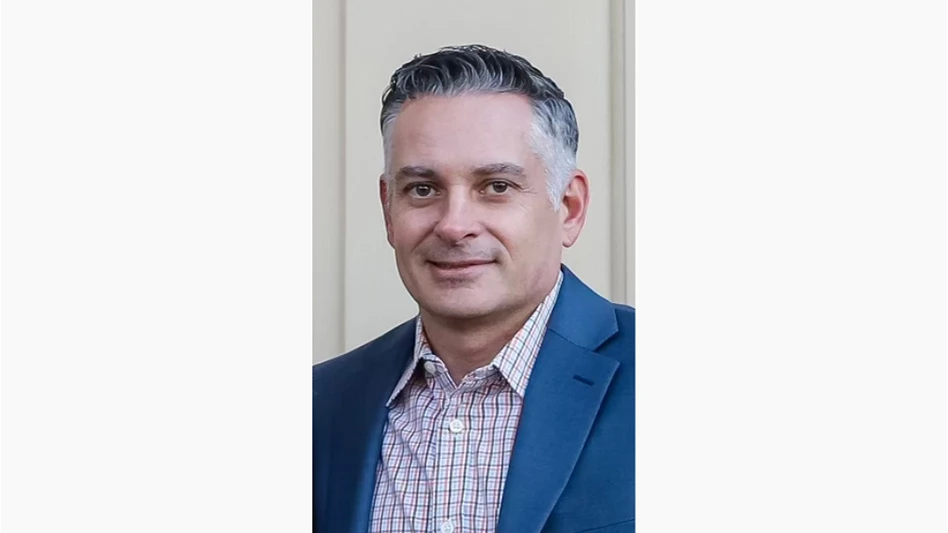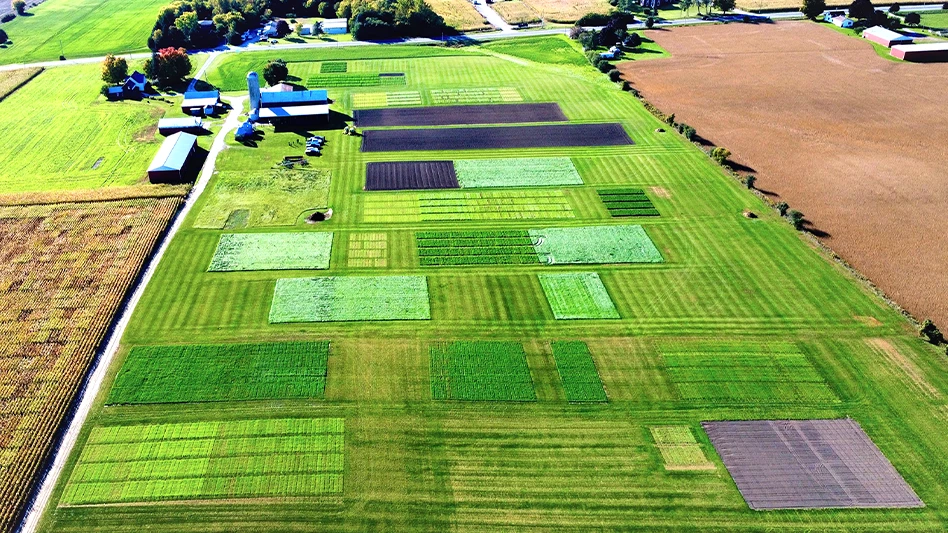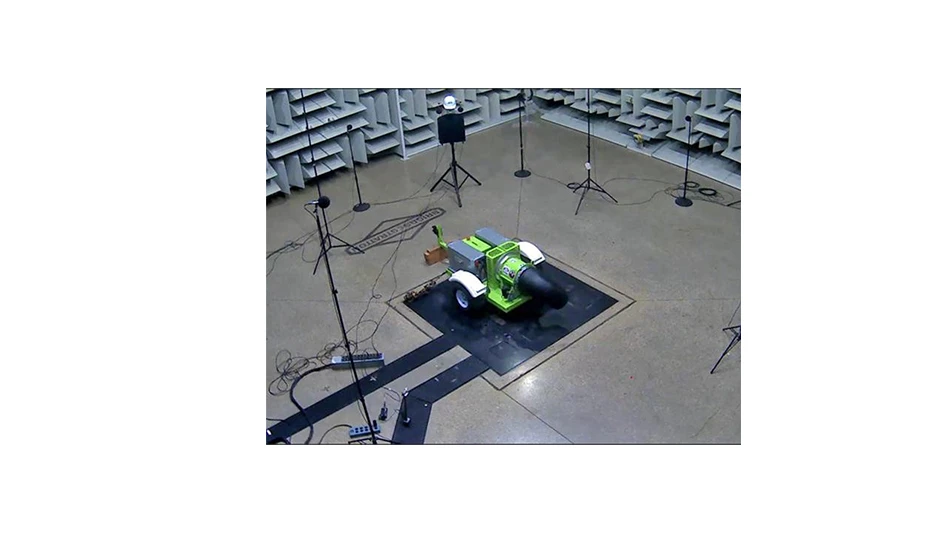
Exactly 150 years have passed since a Quebec octet formed Royal Montreal Golf Club, whacking gutta-perchas at old Fletcher’s Field in downtown Montreal not long after Canada became its own country. The game was so new then on this side of the Atlantic that three of the eight were native Scotsmen. Sixty-four years have passed since the club moved — for the second time — to Île Bizard, an island situated about 25 miles west of that original site and home to hundreds of acres of nature. And 26 years have passed since Greg Greer arrived on the property, eager for experience and embraced by the place and its people.
Greer was a course technician back then, fresh out of turf school. He learned all about Royal Montreal’s 45 holes and the industry under longtime course and property manager Blake McMaster and never left. When McMaster retired in 2011, Greer was ready to slide in and take over. The 13 seasons since have been filled with regular maintenance, projects big and small, and more than a few memorable moments. Next summer, Greer and his team will prep Royal Montreal’s Blue Course for its second Presidents Cup this century.
You might think that after so many years at the same special spot, Greer has outlasted just about everybody else on the maintenance team.
You would be wrong.
Just among the 56 maintenance team members, Greer cracks only the top 15. One of his two assistant superintendents, Marcio Melo, arrived in 1993. The head gardener and a current irrigation technician arrived in 1992. A handful of course operators have worked on the grounds since the early 1980s. And the club arborist, Eric Schattauer, has tended to its trees since 1979.

“A lot of people have made their living working at Royal Montreal, and they’re key cogs to the operation,” Greer says. “You can rely on them. They know where they’re going, they know what they’re doing, and you can always expect them to do good work. We’ve always put together a good team and everybody cares about what they’re doing. That’s important when you have 450 acres of golf course to maintain on a day-to-day basis.”
Royal Montreal relishes its history as much as the people who have helped to make it great for so long.
Charter members played just six holes after Alexander Dennistoun — one of those three founding Scots and the club’s first president — laid out the first course near his home in 1873. Why six? Space was a factor, but there were also precious few templates on the continent. The course expanded to nine holes, then 18, before the end of the century. Queen Victoria granted the course royal distinction in 1884. There are still just 66 courses around the world with that designation. In 1895, it was among the five charter clubs that formed the Royal Canadian Golf Association.
The next year, urban expansion pushed the course to its Dixie location, where the number of holes doubled to 36 and the club hosted five Canadian Opens. Further urban expansion pushed operations well beyond downtown in 1959 to an island perfect for the game, where Dick Wilson and Joe Lee designed the original layout, the number of holes increased again to 45, and the Canadian Open rolled in five more times. Only Glen Abbey Golf Course in Oakville, Ontario, designed to be the championship’s permanent home, has hosted the event more frequently.

“We want to be as near to tournament conditions as possible day in and day out,” Greer says. “We want to be ready to host a tournament at any time. Our members have truly supported the extracurricular maintenance that’s required to get there — aggressive vertical mowing, heavy sandings, you name it — and it’s become an accepted part of what we do now. They understand we’re doing it to benefit them.”
Greer, his assistants, Melo and Jason Lariviere, and the largely seasonal team — all but about eight of the 56 maintenance team members work on the course only from mid-April to mid-November because of Montreal’s often harsh winters — take a traditional approach: Everybody starts at the same time, normally 5:30 a.m. during the peak of the season, with some part-timers heading out around noon and most remaining till around 3 p.m.
“We get as much done as we possibly can in the time we have,” says Greer, a Quebec native who estimates that about 30 percent of the team were also born in the province with many of the rest being first-generation immigrants from Portugal and Poland who are “now Quebecers but just came from other places.”
“Our rough areas are extremely vast, so we focus on key play areas early on, and then we’re just mowing through the day. There’s so much land between holes that our staff are able to keep doing what they’re doing while respecting the golfer. We really frontload everything. We try to get as much as done as we can in the morning — mowing greens, fairways, tees, we try to blitz all that as quickly as possible for first tee. The mowers never stop.”
Most of those mowers, like most of the Canadian flag, are red.
“We have over 200 pieces of equipment and almost 100 percent of our mowing equipment is Toro, as well as our spray rigs and some of our utility vehicles,” Greer says. “We have a lot of 16-foot rough mowers that are extremely productive and have been reliable over the years. I wouldn’t buy it if it didn’t work, and everything we’ve purchased over the years has proven to be good quality, user-friendly, repair-friendly, and we have zero regrets.”
Royal Montreal recently switched to the Toro Reelmaster 5010-H hybrid fairway mower, “and they’ve been fantastic,” Greer says. “Great mowing quality and fuel savings because of the hybrid electric motors on them. All of our walk mowers are all Toro, all our spray rigs are Toro, our bunker rakes are Toro, and nothing’s really disappointed me. All of it has proved its value over the years. I don’t think the golf course would be the same without some of the high-quality equipment.”
Greer understands equipment — and even how to work on some of it. Before he moved up to become course and property manager, he worked at least a little while everywhere on and off the course. “One thing that Blake really focused on was getting our hands dirty on everything,” he says. “I used to be somewhat comfortable with basic repairs and maintenance of equipment. But the equipment has come such a long way and so quickly that I would be lost. If you don’t have good equipment technicians, it makes it very, very difficult. It’s changed quite a bit over the years.”

Longtime lead equipment technician Roman Wojciechowski, who started at Royal Montreal during the 1980s and retired two years ago, maintained everything in the shop for decades. The new equipment technician — “and I say new, he’s been here since 2008” Greer says with a laugh — is “an absolute whiz when it comes to electronics and figuring out all the bells and whistles that now come on most of the machines, the fuel-saving functions and features, all the little electronic switches that make the mowers work. They do a great job and there’s a lot of equipment. We have two people working in the shop full time and there are times I would love to be able to give them six.”
Experience and institutional knowledge help bridge the gap.
Rees Jones helped redesign Wilson’s and Lee’s Blue Course in advance of the 2007 Presidents Cup, a U.S. win remembered across the Great White North for Mike Weir’s Sunday win over Tiger Woods. That layout remains — full of raised greens bracketed by Wilsonesque bunkers that were excavated and restored throughout the summer — for the 2024 event, which tees off Sept. 24. Countdown clocks are everywhere.
“We want to have the golf course in the best possible shape going into winter just so we can get right into managing turf after what we hope will be a nice, easy, reasonable winter,” Greer says”
Because snow might remain on the mix of bentgrass and Poa annua into April, some infrastructure is already being built around the grounds. Foundations, grandstands, more than 600,000 square feet of hospitality suites. “We wanted to get as far ahead of it as we could,” says Scott Dickson, now in his 19th season at the club and his fourth as GM and secretary. “We’ll be building till the snow flies.”
That has provided Greer and his team with a little extra challenge, as has what Greer describes as a small renovation to the 9-hole course.
Final preparation for the Presidents Cup will resume as soon as weather allows. Dozens of the club’s more than 200 annual events will be shuffled outside September or pushed back to 2025. Construction around the first tee, which will accommodate more than 3,500 spectators, will start July 2 and wrap up about two weeks before the event.
“We’ve had to alter, we’ve had to pivot. There’s a lot of coordinating for 2024,” Dickson says. “It’s a blitz, but this coming year is even more of a blitz than any other year.”

Explore the November 2023 Issue
Check out more from this issue and find your next story to read.
Latest from Golf Course Industry
- Reel Turf Techs: David Gummo
- PBI-Gordon promotes two to executive level
- VIDEO: A First Green morning
- Bloom Golf Partners adds HR expert
- Seeking sustainability in Vietnam
- Kerns featured in Envu root diseases webinar
- Toro continues support of National Mayor’s Challenge for Water Conservation
- A different kind of long distance





